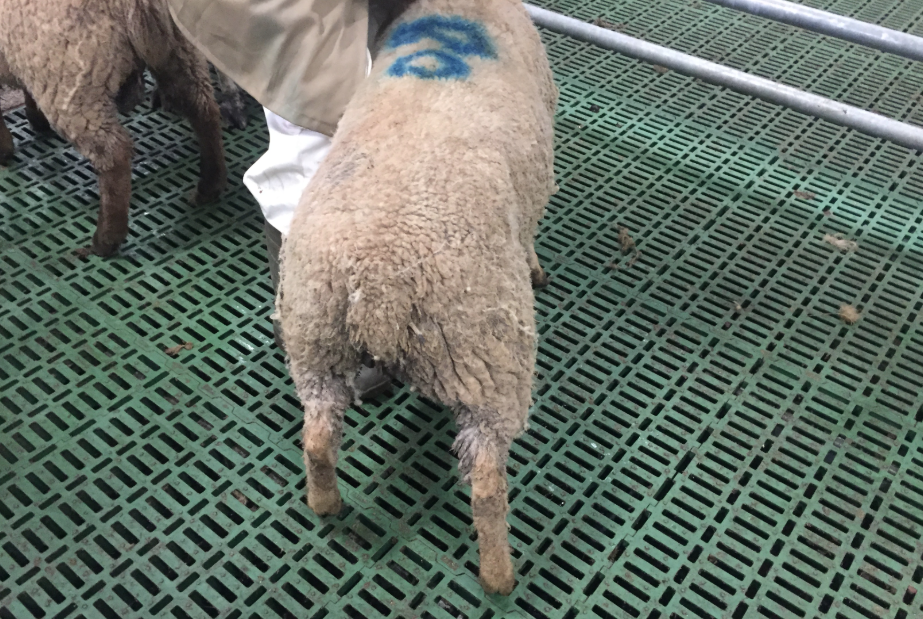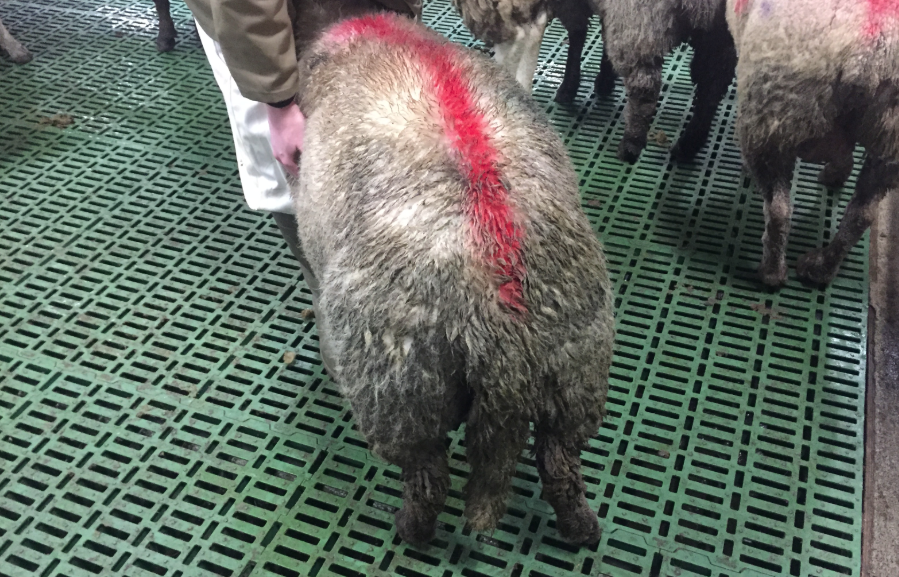Over the last few weeks, the weather has been nothing short of a disaster. The amount of rain that has fallen has made it difficult for farmers to get their livestock out on pasture.
Furthermore, the poor weather conditions have made it impossible for farmers to get slurry or farmyard manure (FYM) out of their sheds onto pasture as well.
This, in turn, has made the task of keeping animals relatively clean – especially those animals that are being finished indoors and are soon ready for the factory.
There has been a number of reports suggesting that factories have turned away sheep due to them not complying with the Clean Livestock Policy (CLP) and falling into Category C – which means they are unacceptable for slaughter.
The fact that the weather has been bad, some farmers have been forced to move less priority stock out to pasture, due to needing space for ewes and their newborn lambs. This has led to stock intended for the factory becoming dirty.
To give farmers an idea of what sheep are acceptable under the CLP, there is some information and pictures (below) to help them make a decision on whether to bring their sheep to the factory or not.
The CLP for sheep was introduced in 2016 and it’s a three-category system. The three categories under the CLP are listed (below):
These include:
- Category A: Satisfactory;
- Category B: Acceptable;
- Category C: Unacceptable.
Category A
These are sheep with a clean and dry fleece that can be slaughtered, with an unacceptable risk of contaminating the meat during the slaughter process, by using the standard hygienic dressing procedure routinely employed by the plant.
Category B
Sheep in this category are classified as having a moderate soiling of fleece that can only be slaughtered, without an acceptable risk of contamination of the meat during the slaughter process, by putting in place additional interventions. This includes extra-defined dressing controls.
Category C
These are sheep with a heavily-contaminated fleece unfit for slaughter. These sheep must not be presented for ante-mortem in this condition and it is the responsibility of the FBO (food business operator) to take the required remedial action.
How can I make sure my sheep don’t fall into Category C?
To help reduce the risk of sheep falling into the latter category – Category C – the department offers farmers the following advice:
- Tail dock lambs in the first seven days of life;
- Implement a control programme to reduce scouring;
- Move finishing lambs to clean pasture when conditions become muddy;
- In straw-bedded sheds, use adequate straw and replenish regularly;
- Poor transport conditions may result in animals becoming contaminated and failing to achieve the required cleanliness specification. Vehicles should be roofed (where possible) and well ventilated;
- Ensure the vehicle is clean; dry; and disinfected before loading;
- Only clean sheep should be sent to the slaughter plant.



